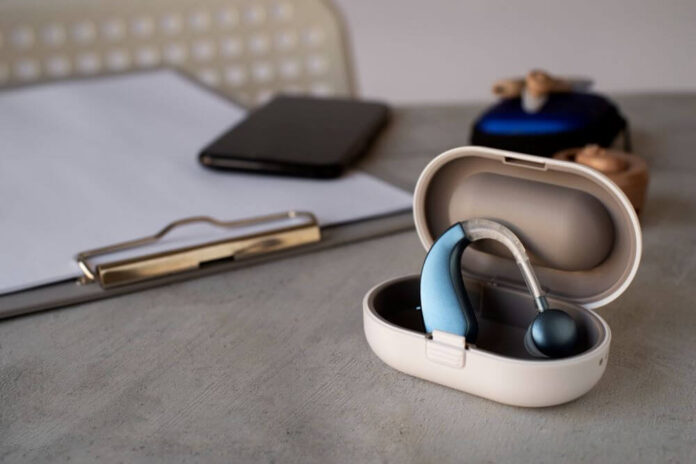People might consider getting a hearing aid only to find the available options are overwhelming. Rather than trying to sort through all of the information, they choose to put off making this purchase. Finding the right device shouldn’t be challenging.
Once a person understands the various hearing aid options, they can make an informed choice that best suits their needs. They may learn about CIC hearing aid options and discover that this type of device suits them, or they may prefer the behind-the-ear style. The more information a person has, the easier it becomes to make the right choice.
How Do Hearing Aids Work?
The first thing a person must understand is all hearing aids work basically the same. They make sounds louder through a process known as amplification. These devices don’t restore full hearing.
Digital hearing aids remain the most common option today. They run on batteries, and some models feature rechargeable batteries. A small microphone collects sounds from the environment, and a computer chip converts the sounds into digital code. The device adjusts the sound to match the user’s level of hearing loss and their specific needs. Once the device converts the sounds into digital code, it changes them to sound waves. The sound waves then move through the speakers, known as receivers.
Who May Get Hearing Aids?
Hearing aids come in many styles. A person can choose the size that meets their needs, how they want to wear it, and any special features they desire. Some individuals benefit from using two hearing aids if both ears are affected by hearing loss. People often find that they need their hearing aids adjusted to meet their specific needs. Additionally, individuals may purchase hearing aids without a prescription if their hearing loss is mild to moderate in severity.
Common Hearing Aid Styles
Completely in the canal hearing aids fit inside the user’s ear. A hearing professional models the device to fit the individual. Referred to as CIC devices, these hearing aids are designed to help with mild to moderate hearing loss. These devices are small, so others won’t know a person has them, and CIC hearing aids help block wind noise. The batteries, however, are tiny and have a short life. Older adults may find them challenging to use, and they often lack additional features.
In-the-canal hearing aids are another option people might consider. The hearing professional molds these devices so they fit partially in the ear canal. Like CIC devices, these units are designed for individuals with mild to moderate hearing loss. ITC hearing aids have features not found in CIC devices; however, people may find it challenging to adjust them due to the device’s size.
In-the-ear (ITE) hearing aids fit entirely in the bowl-shaped areas of the ear canal or only in the lower part. They are designed for individuals with more severe hearing loss and feature directional microphones to help users pick up sounds in noisy environments. Other features are also found on these devices, which are larger than CIC and in-the-canal devices, but they tend to pick up more wind noise.
Other options exist, although they are less common today. Behind-the-ear, receiver-in-canal, and open-fit devices may be better suited to the individual. People often find that working with a hearing aid professional ensures they get the best device for their needs and level of hearing loss. With the help of this professional, the device can be adjusted to ensure the user hears clearly at all times, thereby improving their quality of life.
